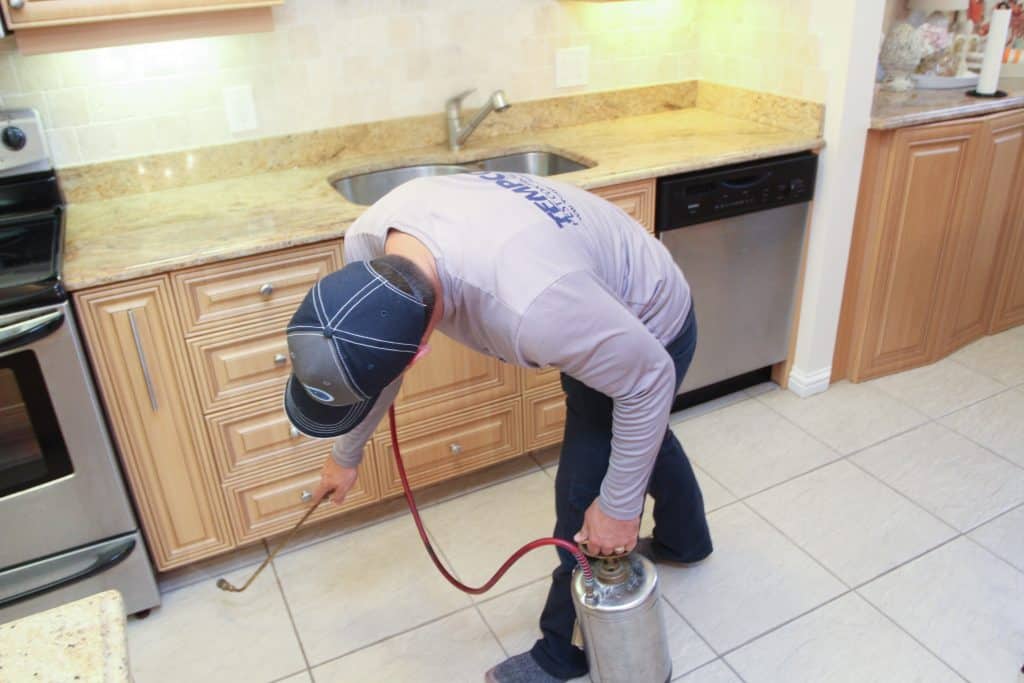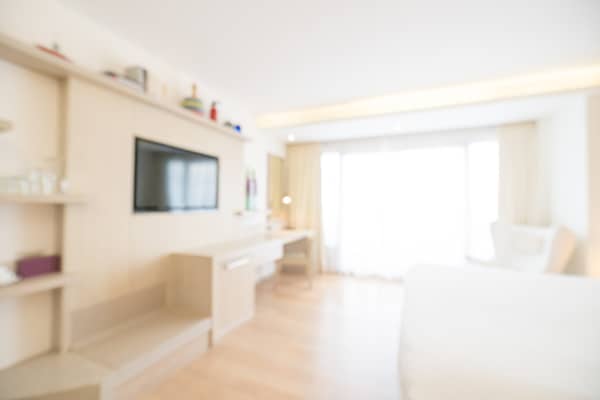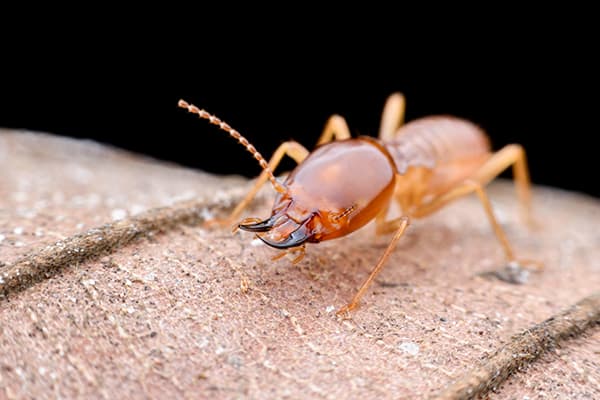When we hear the word termite,
our minds go to a variety of bad scenarios – damaged wood, rotted floorboards, tents, costly repairs. Let’s face it, nobody likes termites. Well, except for maybe ants. Ants are natural predators to termites, so if you have an active termite colony, there’s a good chance, you have happy healthy fire ants, wood ants and carpenter ants. So, I guess that’s another bad scenario to think about – if you have termites, you probably also have ants. But that’s another blog for another day.
There is some good news to report though, termite treatment is not as daunting as it used to be. Here’s a secret, you probably don’t have to tent. This costly outdated method requires families to be displaced and is used primarily to treat dry wood termites only. Tenting is usually done only in extreme circumstances when a home is completely infested, and spot treatments aren’t sufficient. Most times we find dry wood termite colonies huddled in attics. They don’t need moisture, so they rarely go down to the soil like subterranean termites. So, how do we treat them? Let’s just say, we use their personal potties against them. Dry wood termites eat wood. And if they eat wood, you guessed it, they poop wood. They don’t just poop anywhere though; they drill holes and make their deposits. We find these little restrooms and treat the tiny termite toilets. After they “go” they take their newly acquired poison and spread it among their friends. Social distancing is not a requirement in the termite world, so these spot treatments are very effective.

Southwest Florida provides a hospitable environment for more than just dry wood termites.
Our humid and moist summers are perfect for damp wood and subterranean termites, including Formosan termites as well. Unlike their dry wood cousins, Subterranean and Formosan termites need water. They love damp areas and even build a network of tubing to keep their journeys wet and wonderful.
We either use a trench and treat method or a baiting system for Subterranean. For trench and treat, we create a moat around the house, drill into concrete if needed and inject termite control foam into the wall or opening. We also use Trelona ATBS, an Active Termite Baiting System that provides year-round protection. We bury the ATBS canister, the termites take the bait, they share it with their colonies and termites go away. It’s really that simple.
How do you know what type of termite you have?
You’ll probably need an expert for that. Subterranean and Formosans are most prevalent and extremely similar. They both live underground, both build mud tunnels and both have an efficient structured working system of kings, queens, soldiers, and workers – all with one goal in mind – eating your house.

There are a few telltale signs for a termite invasion. For Subterranean and Formosans, look for mud trails climbing up your exterior walls or in mulch beds. These are the pathways termites use to get back into the soil. Subterranean termites must return to the soil for water, so they use these tunnels.
Formosans also build nest boxes to get the moisture they need without a return to the soil, making them even more efficient eaters. Formosans are basically Subterraneans on steroids – also known as TERMIGHTY!
When we treat termites,
the first step is a thorough interior and exterior inspection. We have some highly sophisticated detection devices that allow us to better detect subterranean termites behind wall voids. Our inspection includes attic, baseboard, door and window frames, and cabinet inspections – all the usual hangouts for termites. We also conduct a thorough inspection of the exterior of the house
searching for mud tunnels.

Once we treat termites, we warranty our work for a full year. This is important because termites are extremely industrious and may find a way to repopulate. If termites appear during the course of the year, we’ll come back to treat them at no charge. You can also purchase an extended annual warranty for added peace of mind. This includes a yearly inspection and retreatment as needed.
Don’t let Termighty cause you unnecessary worry. A professional treatment can eliminate these pests and keep your home safe.
*A bonus tip – if you are thinking of purchasing a home, you can always call us for a new home inspection. It’s better to know ahead of time.